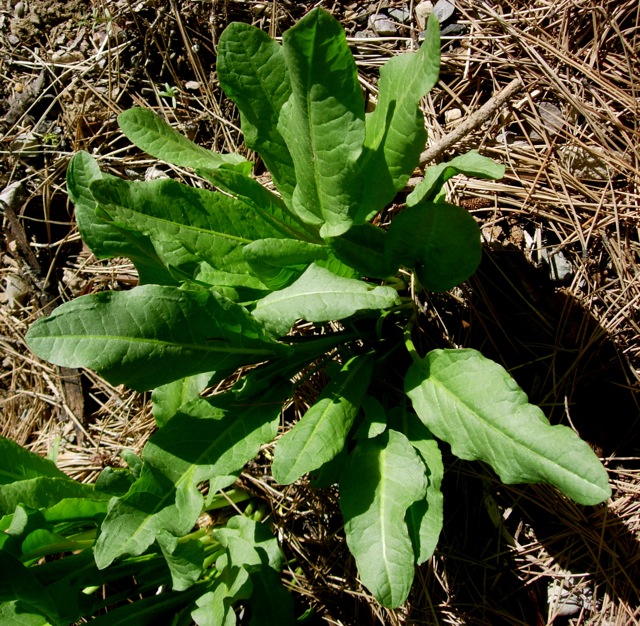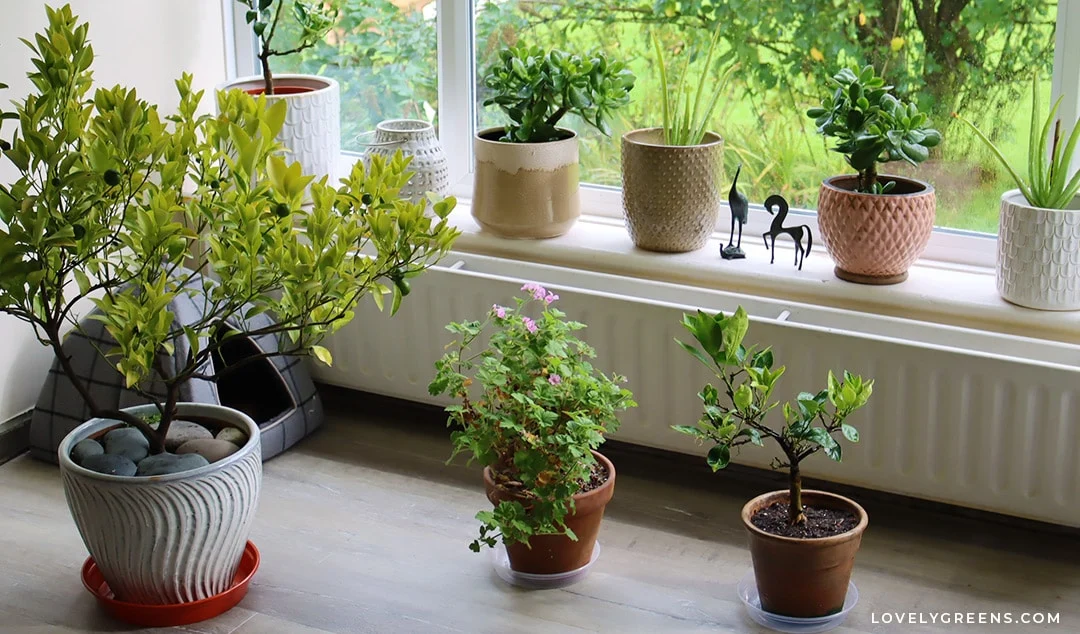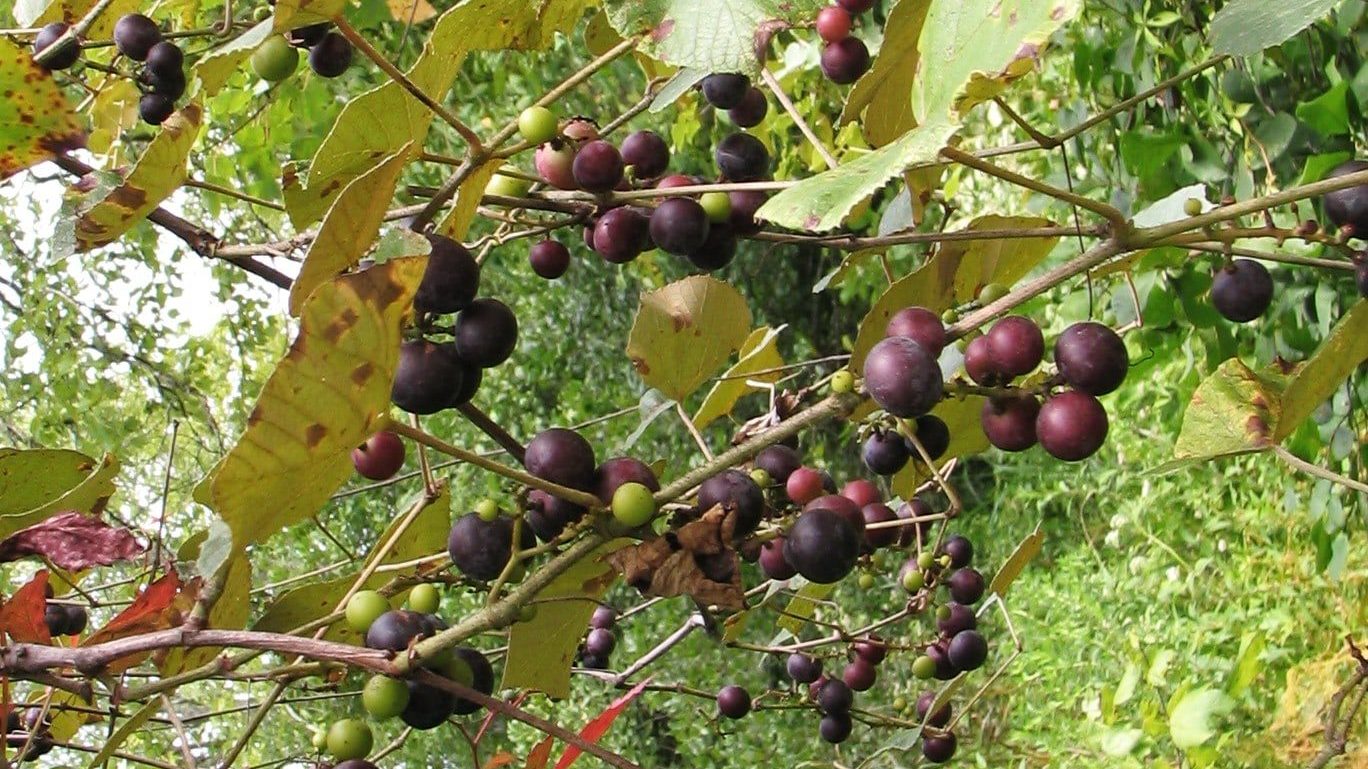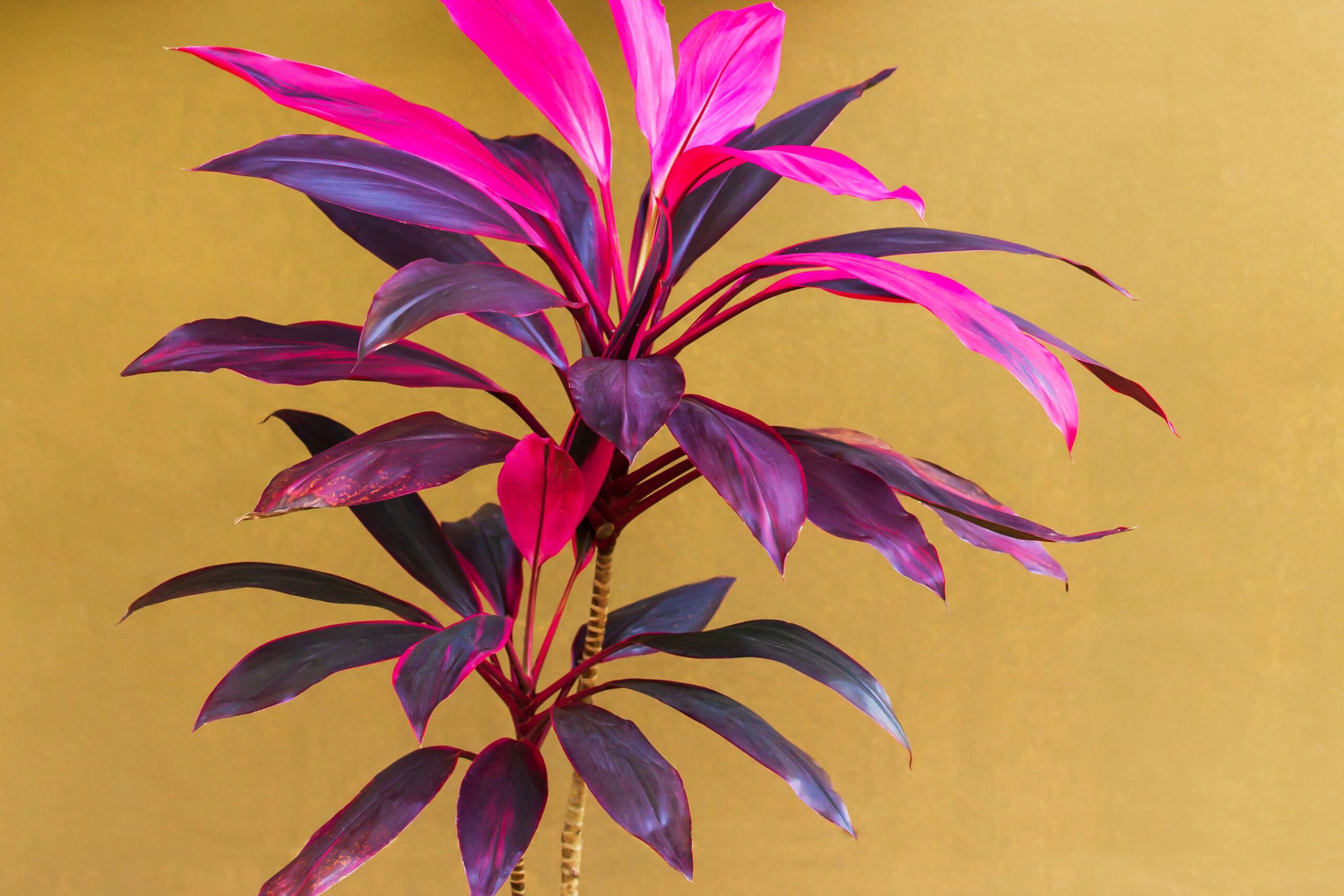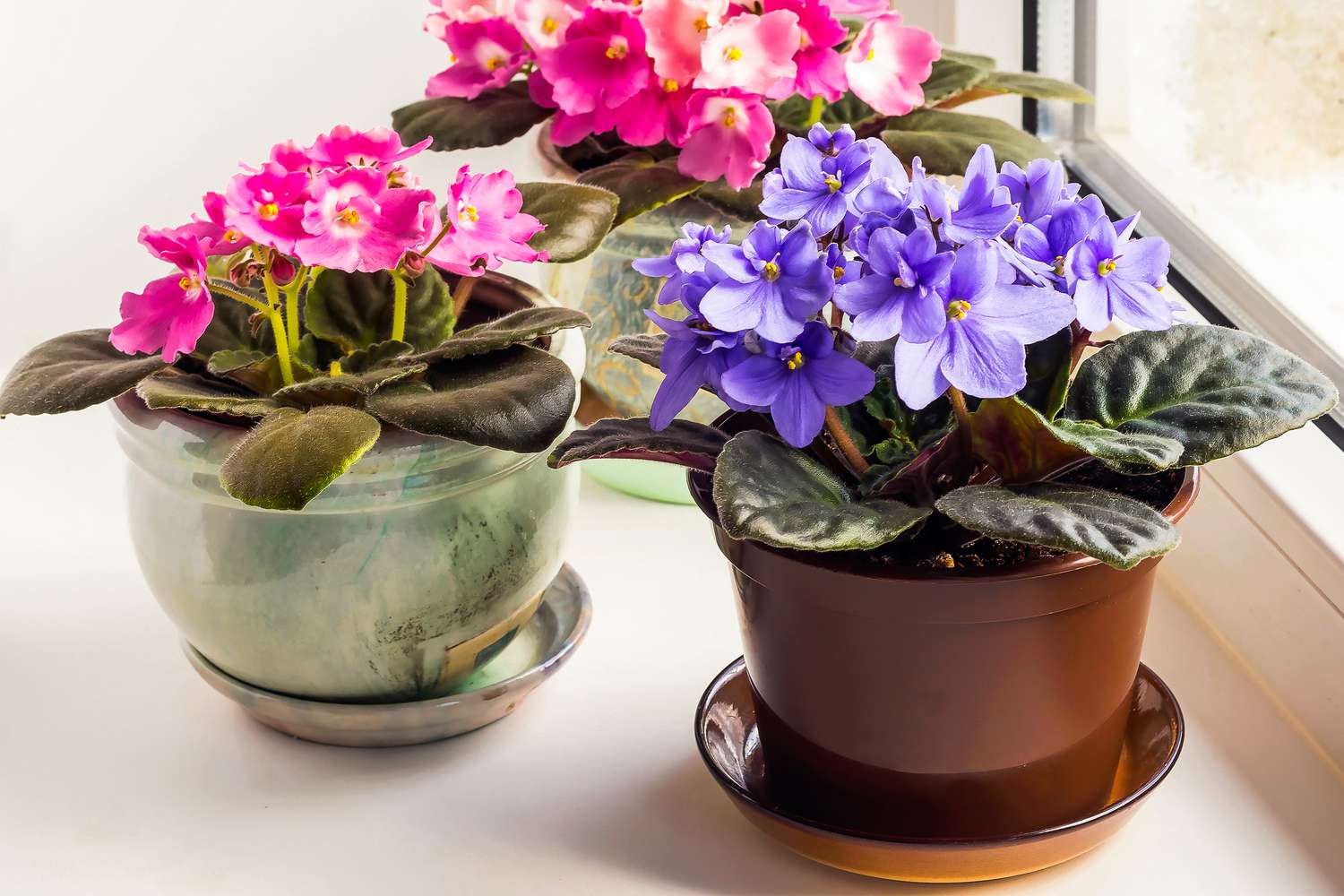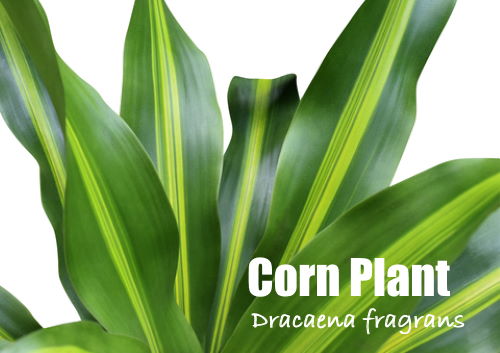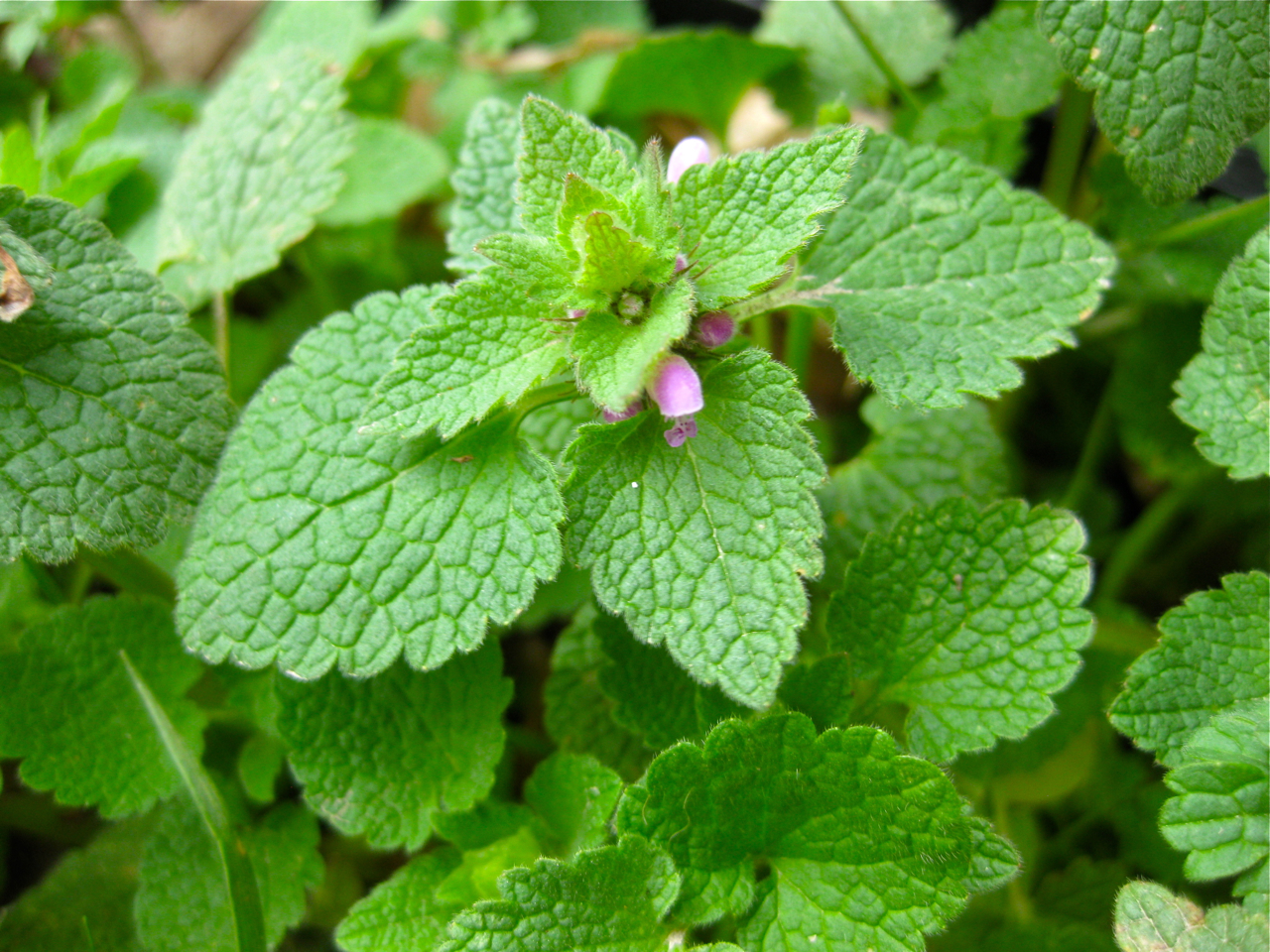Florida is home to a variety of edible plants, including mint, mulberry, cranberry hibiscus, lemongrass, passionfruit, pigeon pea, spinach, basil, chives, and more. Foraging for wild edibles in Florida can be a fun and rewarding experience, but it’s important to make sure you have permission to collect plants on private or public land.
Some popular edible flowers in Florida include wax begonia, calendula, dianthus, impatiens, cilantro, marigold, and violets. It’s also worth noting that certain fruits like blueberries, beautyberries, and pawpaws are native to Florida and can be found growing in the wild.
With a bit of research and caution, you can enjoy the delicious flavors of Florida’s edible plants while respecting the environment and landowners.
Popular Edible Plants
Florida is home to a variety of edible plants that not only add flavor to your dishes but also provide essential nutrients. Let’s explore some of the popular edible plants that you can find in Florida.
Mulberry
Mulberries are abundant in Florida and are known for their sweet, juicy fruits. These berries are not only delicious but also packed with antioxidants and vitamins.
Passion Fruit
Passion fruit, with its aromatic and flavorful seeds, is a popular choice for adding a tropical twist to desserts and beverages. It’s a good source of dietary fiber and vitamin C.
Spinach
Spinach, a versatile leafy green, thrives in Florida’s climate. Rich in iron and other essential nutrients, spinach is a valuable addition to salads, smoothies, and cooked dishes.
Basil
Basil, with its distinctive aroma and flavor, is a staple herb in Florida. Whether used in pasta dishes, salad, or as a garnish, this herb adds a burst of freshness to any meal.
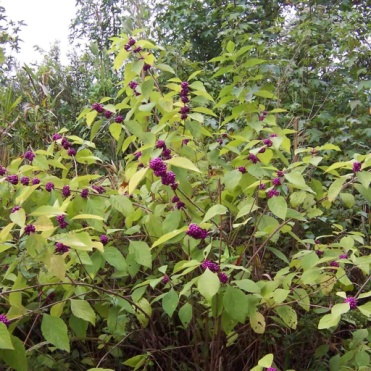
Credit: keepbrevardbeautiful.org
Native Plants
Florida is home to a rich diversity of native plants, many of which have been used by indigenous peoples for centuries. These plants are not only beautiful but also offer various practical uses, including food, medicine, and habitat for wildlife. Here are some notable native plants that you can find in Florida:
Beautyberry
The beautyberry, scientifically known as Callicarpa americana, is a stunning native shrub that produces clusters of vibrant purple berries. These berries are edible and can be used to make delicious jellies and jams. Additionally, beautyberry has a long history of traditional medicinal uses by Native American tribes.
Cabbage Palm
The cabbage palm, or Sabal palmetto, is Florida’s state tree and a prominent fixture in the state’s landscape. In addition to its aesthetic appeal, the heart of the cabbage palm is edible and has been a valuable food source for indigenous peoples. The young leaves can also be used for basket weaving and thatching.
Chickasaw Plum
Chickasaw plum, scientifically known as Prunus angustifolia, is a small, fruit-bearing tree that is native to Florida. Its tart, juicy plums were historically consumed fresh or dried by Native American tribes. The plum’s wood was also utilized in crafting tools and weapons.
Foraging Guidelines
Foraging for edible plants in Florida can be a rewarding and sustainable way to connect with nature and enjoy local, wild-harvested foods. However, it’s important to follow foraging guidelines to ensure ethical and legal practices. By understanding the legal considerations and knowing where to find edible plants, foragers can enjoy a safe and responsible foraging experience in Florida.
Legal Considerations
Before embarking on a foraging adventure in Florida, it’s crucial to be aware of the legal considerations surrounding the collection of wild plants. It’s essential to respect private property rights and obtain permission from landowners before foraging on private land. In addition, foraging on public lands such as Wildlife Management Areas (WMAs) and state or federal parks may require specific authorization from the Florida Fish and Wildlife Conservation Commission (FWC) or the respective land management authorities.
Where To Find Edible Plants In Florida
Florida’s diverse ecosystems offer a rich variety of edible plants, from wild fruits and nuts to flavorful greens and herbs. Foragers can explore forests, wetlands, and coastal areas to discover a plethora of edible plant species. Some common areas where edible plants can be found include:
- Woodlands and forests
- Marshes and swamps
- Coastal dunes and beaches
- Urban parks and green spaces
By familiarizing themselves with the native flora of Florida, foragers can identify and responsibly harvest a diverse range of edible plants while respecting the natural environment.
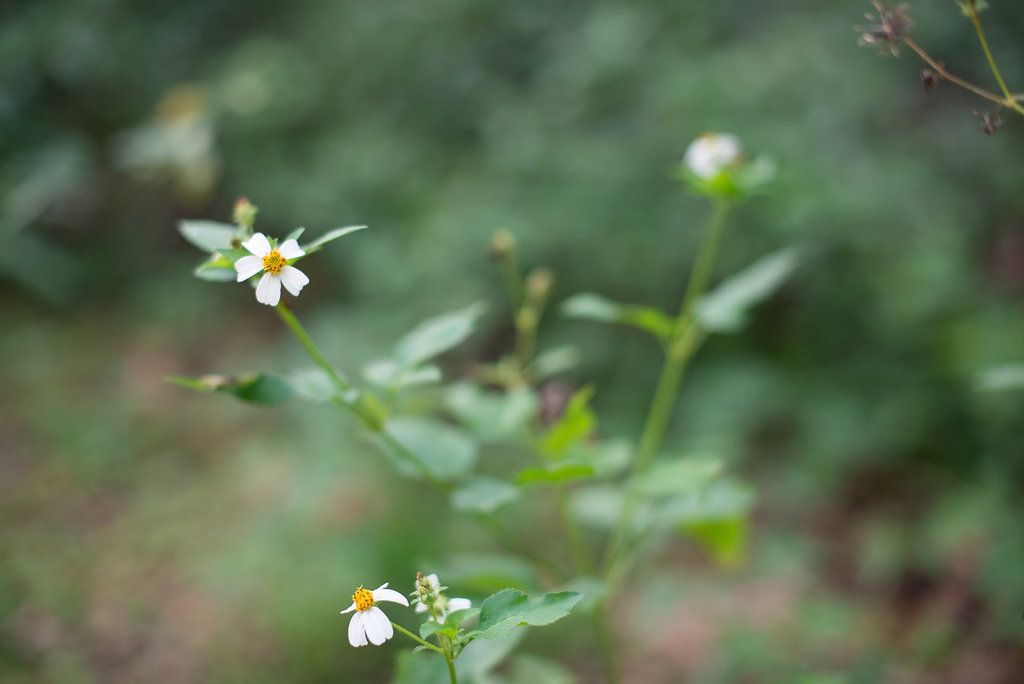
Credit: ediblenortheastflorida.ediblecommunities.com
Edible Flowers
Florida is home to a variety of edible flowers that can be used to enhance the flavors and visual appeal of dishes. From salads to desserts, edible flowers add a unique touch to culinary creations. Here are some popular edible flowers that can be found in Florida:
Wax Begonia
Wax Begonia is known for its fleshy leaves and flowers, which can be consumed raw or cooked. The taste is sharp, citrusy, with a slightly bitter after-taste.
Marigold
Marigold petals are edible and can be used to add color and flavor to various dishes. The petals have a subtle, citrusy flavor that adds a delightful touch to salads and soups.
Violets
Violets are not only visually appealing but also edible. Their blossoms can be used to decorate cakes, pastries, and salads, adding a delicate floral flavor.
Health Benefits
Discover the abundance of health benefits from edible plants in Florida, such as lemongrass, passionfruit, and spinach. These nutrient-rich options offer a natural way to boost your well-being and incorporate local flavors into your diet.
Nutritional Value
Eating edible plants in Florida provides a rich source of essential nutrients such as vitamins, minerals, and antioxidants.
Medicinal Properties
Many edible plants in Florida possess medicinal properties that can aid in healing and wellness.
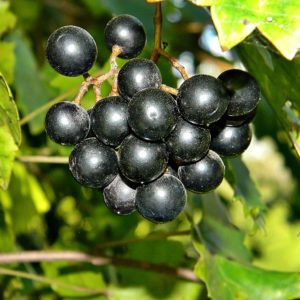
Credit: fleetfarming.org
Recipes And Cooking Tips
Exploring delicious recipes and cooking tips using edible plants in Florida can add a unique twist to your culinary adventures. From refreshing smoothies to vibrant salads, these recipes will showcase the flavors of Florida’s bountiful edible plants.
Mulberry Smoothie Recipe
Indulge in a refreshing Mulberry Smoothie made with fresh mulberries, yogurt, and a hint of honey for a delightful treat.
Ingredients:
- Fresh mulberries
- Yogurt
- Honey
- Ice cubes
Instructions:
- Blend mulberries, yogurt, and honey until smooth.
- Add ice cubes and blend again for a chilled, creamy texture.
- Pour into a glass and enjoy the flavors of Florida’s mulberries.
Passion Fruit Salad Ideas
Enhance your salads with the exotic flavors of passion fruit, creating a colorful and tangy dish that will tantalize your taste buds.
Salad Variations:
- Passion fruit vinaigrette drizzled over mixed greens
- Passion fruit chunks mixed with avocado, cherry tomatoes, and arugula
- Passion fruit dressing on a tropical fruit salad
Experiment with these passion fruit salad ideas to elevate your dining experience with a touch of Florida’s tropical essence.
Education And Resources
Discover the diverse range of edible plants in Florida with Peggy Sias Lantz’s book “Florida’s Edible Wild Plants: A Guide to Collecting and Cooking. ” Learn about unique plants such as cranberry hibiscus, passionfruit, and pigeon pea, as well as common herbs like basil and chives.
Explore the world of foraging in Florida and try out new recipes with these delicious wild edibles.
Workshops On Foraging
Foraging workshops in Florida offer valuable opportunities to learn about the diverse range of edible plants that can be found in the region. These workshops provide hands-on experience and knowledge sharing, allowing participants to develop essential foraging skills and a deeper understanding of the local flora. Expert instructors guide attendees through the identification, sustainable harvesting, and culinary uses of various edible plants, fostering a greater appreciation for the natural resources available in Florida.
Online Guides And Communities
Accessing online guides and communities is a convenient way for individuals to expand their knowledge of edible plants in Florida. These resources offer comprehensive information on the identification, nutritional value, and potential uses of different edible plants. Additionally, online communities provide a platform for enthusiasts to connect, share experiences, and seek advice on foraging practices. By leveraging these digital resources, individuals can enhance their foraging skills and contribute to a supportive network of like-minded individuals passionate about sustainable and responsible foraging.
Frequently Asked Questions
What Vegetables Grow Wild In Florida?
Florida has a variety of wild vegetables that are edible, such as mint, mulberry, cranberry hibiscus, lemongrass, passionfruit, pigeon pea, spinach, basil, chives, and more. You can also find edible fruits like muscadine grapes, pawpaw, and Seminole pumpkins, among others.
However, it is essential to ensure that the landowner permits foraging before collecting any natural products.
Is It Legal To Forage In Florida?
Foraging in Florida is legal with landowner permission. Wildlife Management Areas usually require authorization from the FWC Executive Director. State and federal parks have similar regulations.
What Florida Flowers Are Edible?
Edible Florida flowers include mint, basil, chives, and passionfruit. Other options are cranberry hibiscus, lemongrass, and pigeon pea.
What Fruit Is Native To Florida?
The fruit native to Florida is the orange.
What Are Some Edible Plants In Florida?
Florida is home to various edible plants, including saw palmetto, beautyberry, and wild grapes.
Conclusion
Discover the abundance of edible plants in Florida, offering a diverse array of flavors and nutrients. From wildflowers to native fruits, Florida’s landscapes are a treasure trove of culinary delights waiting to be explored. Embrace the opportunity to forage responsibly and savor the natural bounty of the Sunshine State.


